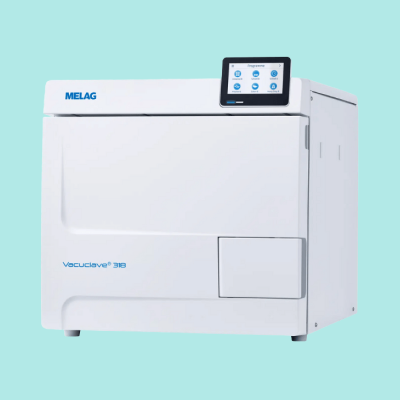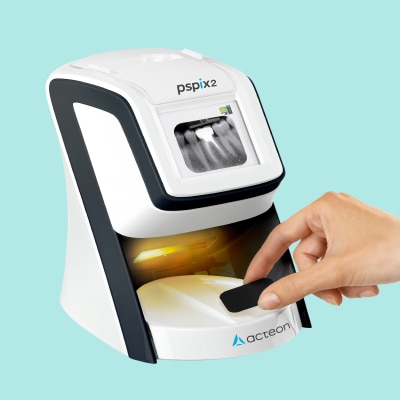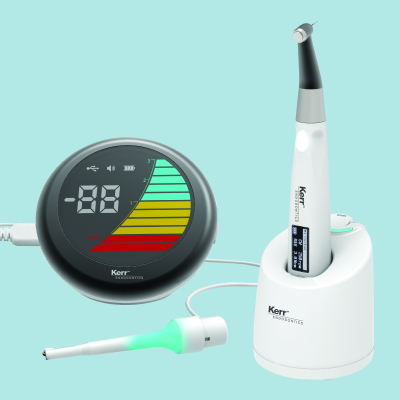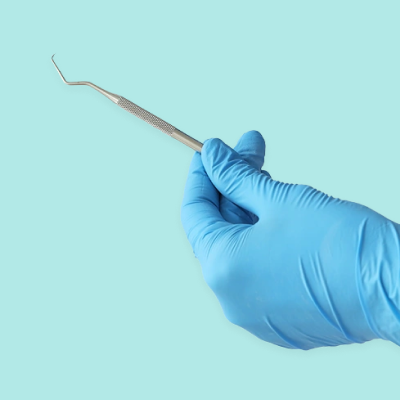Protocol For Using W&H Surgical Equipment
The dental implant market has grown rapidly over the past decade with implants now the preferred choice for many dentists and patients with missing teeth. A success rate of around 95%, higher than that of root canal treatment and dentures, is testament to the improved quality and ease of use of modern surgical equipment. W&H have been at the head of this technological advance and have one of the most innovative and popular surgical equipment ranges on the market. Dr Kashif Hafeez, who practices and teaches minor oral surgery and dental implantology, has outlined the key protocol needed for using W&H surgical equipment.
Before surgery
Following a holistic approach to treatment is vital to achieving optimal results in oral surgical procedures, particularly those involving the placement of a dental implant. There are some essential steps that must be taken before, during and after surgery to ensure a stable, long-lasting restoration. Prepare the patient for the procedure by carrying out an assessment of their overall dental health and treating any pre-existing oral diseases.
During surgery
Implant treatment can begin by making an incision in the soft tissue, before employing the Piezomed to cut into the bone. Make sure to use the Piezomed's specialist implant tips to prevent the bone from overheating. Switch from the Piezomed to the Implantmed using the wireless foot control. The automatic thread cutter and torque control functions will enable you to place the implant without applying too much heat or pressure on the bone.
Use the Implantmed with the W&H Osstell ISQ module or Osstell Beacon to measure the primary stability of the implant once it has been placed. At this point, you can determine whether the implant can be immediately loaded. Throughout the healing process, you can use the Implantmed to measure the implant's stability. If the ISQ measurement is over 70, then treatment can be provided immediately. Once osseointegration has been achieved and the soft tissue has healed, the implant should be restored with your chosen prosthesis.
After surgery
Upon completion of treatment, it is important that the patient understands their responsibility to return to the practice to be professionally examined for any post-operative complications, including the presence of peri-implant diseases. Good patient compliance is key to ensuring excellent post-operative results are maintained for years to come.
What Are The Other Advantages Of Implantmed And Osstell Beacon?
Implantmed
The Implantmed drive unit is designed specifically for use in dental implantology and achieving maximum precision.
Advantages:
- Intuitive user interface
- Secure torque control and measurable implant stability
- Ultra-short, powerful electric motor
- Optional wireless foot control
- Automatic thread cutter function
- Documentation
Implantmed
The Implantmed drive unit is designed specifically for use in dental implantology and achieving maximum precision.
Advantages:
- Intuitive user interface
- Secure torque control and measurable implant stability
- Ultra-short, powerful electric motor
- Optional wireless foot control
- Automatic thread cutter function
- Documentation

Implantmed SI-1023 Optic Wireless Foot Pedal
Osstell Beacon
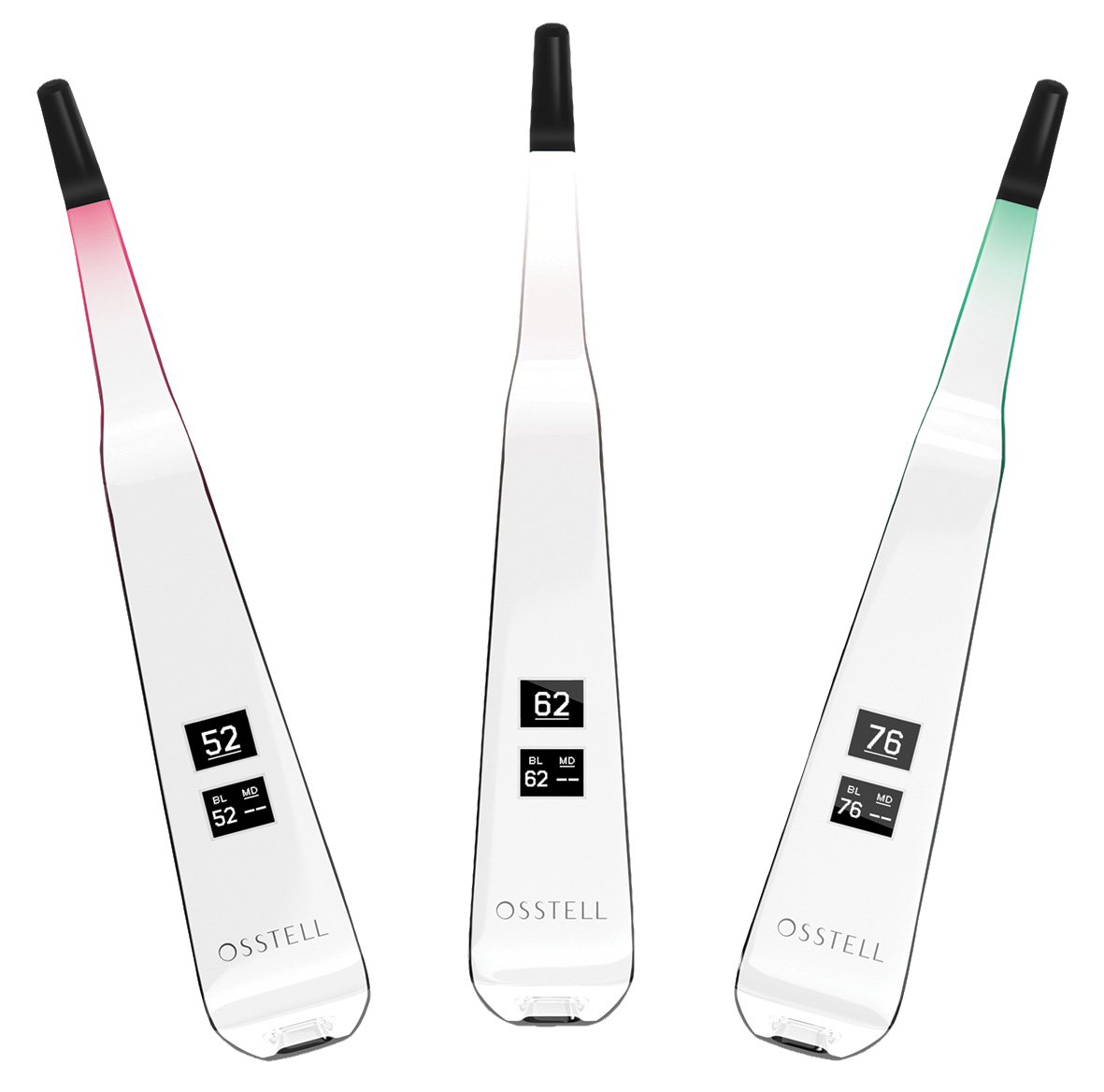
Osstell Beacon
Osstell Beacon
The Osstell Beacon is for helping you to determine implant stability and measure the degree of osseointegration without jeopardising the healing process.
Advantages
- Evaluate implant stability and monitor osseointegration
- Easy to use
- Remote connection allows extraction of data, sharing of files and analysis of results using the Osstell Connect portal
- Peace of mind whilst avoiding prolonged treatment times
- Greater predictability of treatment of patients with risk factors
- Highly suited to a digital working environment
- Osstell Beacon Implant stability measurement ISQ is supported by over 1,200 scientific articles






